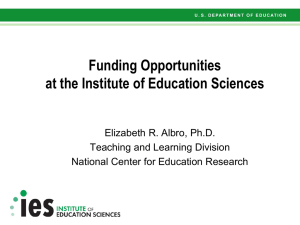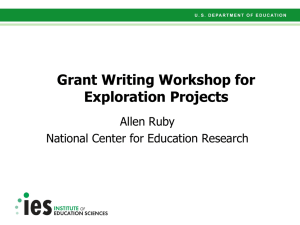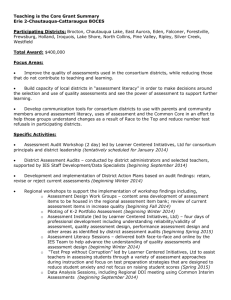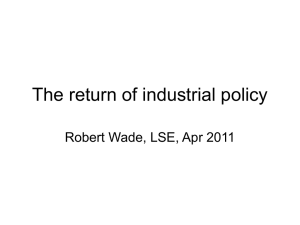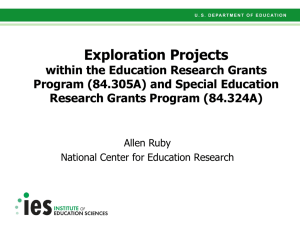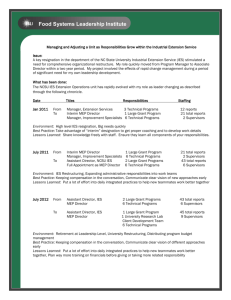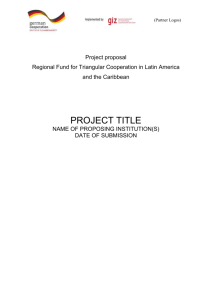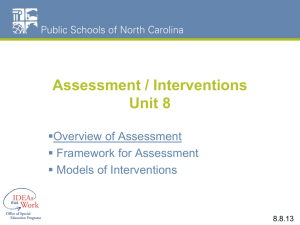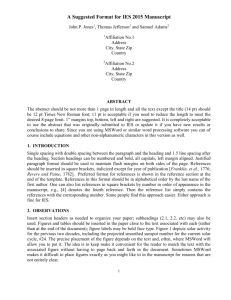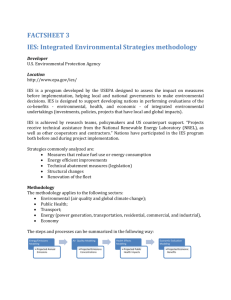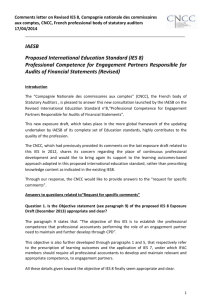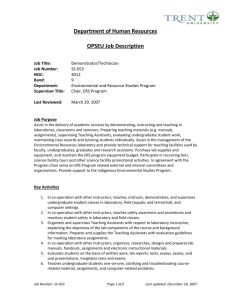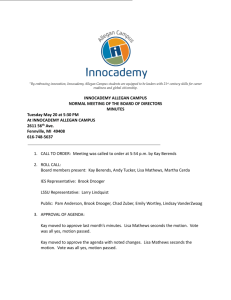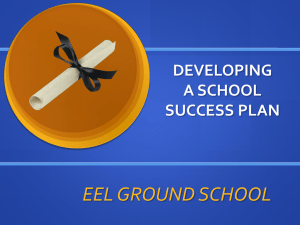Goddard - myCEHD
advertisement
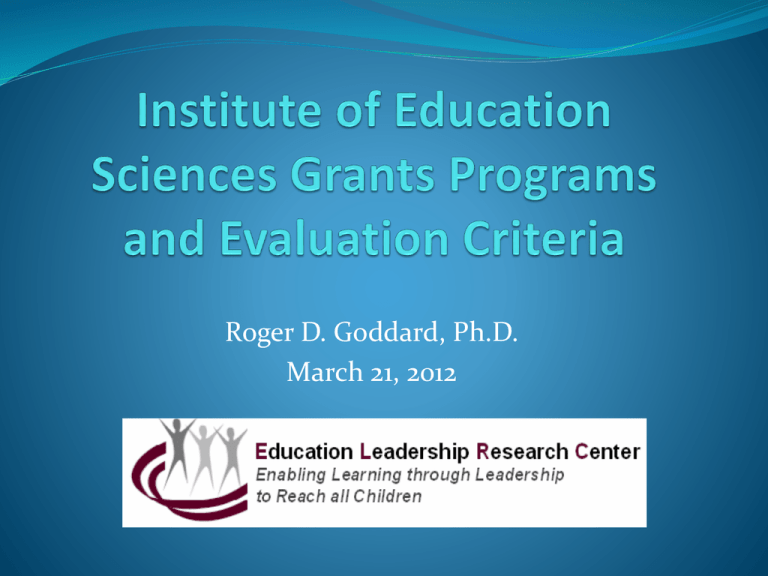
Roger D. Goddard, Ph.D. March 21, 2012 Purposes Overview of Major Research Grants Programs Administered by IES; Particular Focus on the Education Research Grants (Goals 1-5); Description of Scoring Rubrics, Processes, and Cut Points; Your Questions. Major IES Research Programs Education Research Programs (84.305A) Special Education Research Programs (84.324A) Statistical and Research Methodology in Education (84.305D) Special Education Initiative: Accelerating the Academic Achievement of Students with Learning Disabilities Research Initiative (84.324D) (New) Evaluation of State and Local Education Programs and Policies (84.305E) Other IES Programs Research Training Programs in Education Sciences (84305B) Post-doctoral RTP Researcher and Policymaker Training Program (new) Research Training Program in Special Education (84.324B) Other Grants for Statewide Longitudinal Data Systems Unsolicited Education Research Program Areas Reading and Writing Mathematics and Science Education Cognition and Student Learning Social and Behavioral Context for Academic Learning Education Technology Effective Teachers and Effective Teaching Improving Education Systems: Policies, Organization, Management, and Leadership Post-secondary and Adult Education Early Learning Programs and Policies English Learners IES Education Research Grant Program Goals Goal 1: Exploration (13%) Goal 2: Development and Innovation (46%) Goal 3: Efficacy and Replication (26%) Goal 4: Effectiveness (2%) Goal 5: Measurement (13%) Goal 1: Exploration Identify malleable factors associated with student outcomes, and mediators or moderators of the relation between malleable factors and student outcomes Original data collection, secondary data analysis, or meta analysis MUST: (a) generate hypotheses re: possible causal relations between malleable factors and outcomes, (b) contribute to theories of change for interventions, (c) contribute to the development or improvement of interventions that can improve student outcomes and (d) identify potentially beneficial interventions. 2 or 4 Years; $700,000 or $1,600,000 Goal 2: Development and Innovation (46%) Iterative Development of new or existing interventions that improve student outcomes in an authentic delivery setting Interventions encompass curricula, instructional approaches, technology, education practices, programs, and policies At Least 70% development activity Up to 30% pilot testing IES expects evidence that will lead to Efficacy and/or Replication projects 3 or 4 years, $1,500,000 Goal 3: Efficacy and Replication (26%) To determine whether a fully developed intervention has a beneficial impact on student outcomes May be implemented under ideal circumstances to determine whether the intervention works for some group somewhere Replications may evaluate an already evaluated intervention under different conditions Causal Evidence ONLY – RCT or RDD Fidelity of Implementation Important 4 years, $3,500,000 or for Efficacy Follow-up 2 yrs, $1,2000,000 Goal 4: Effectiveness (2%) Similar to Efficacy/Replication but much larger in scale (used to be called Scale-up) Requires at least rigorous two evaluations of the intervention that meet Goal 3 requirements 5 years, $5,000,000 Goal 5: Measurement (13%) Development of new assessments or refinement of existing assessments and the validation of these assessments Validation of existing assessments for specific purposes, contexts, and populations Examples include assessments of students (e.g., screening or outcomes), education professionals (e.g., credentialing or evaluating), and education systems (accountability standards) All measures must be directly or indirectly related to student outcomes 4 years, $1,600,000 2012 Schedule for IES Submissions Round JUNE SEPT. LOI 4/19/12 7/19/12 App Available 4/19/12 7/19/12 App Due 6/21/12 9/20/12 Submit CEHD FORM 3 WEEKS in Advance OR MORE Allow Time for OSRS Tamara Lopez (talopez@tamus.edu) (979-458-0065) Evaluation of IES Proposals: Scientific Peer Review The sections evaluated Significance (1-7) Research Plan (1-7) Personnel (1-7) Resources (1-7) Overall Score (1-5) in tenths, reverse scored The Screening and Triage Process Applications Move Forward or Not Based on the Average of Overall Scores Overall Score Rubric 1.0-1.5 Outstanding 1.6-20 Excellent 2.1-2.5 Very Good 2.6-3.0 Good 3.1-4.0 Fair 4.1-5.0 Poor


